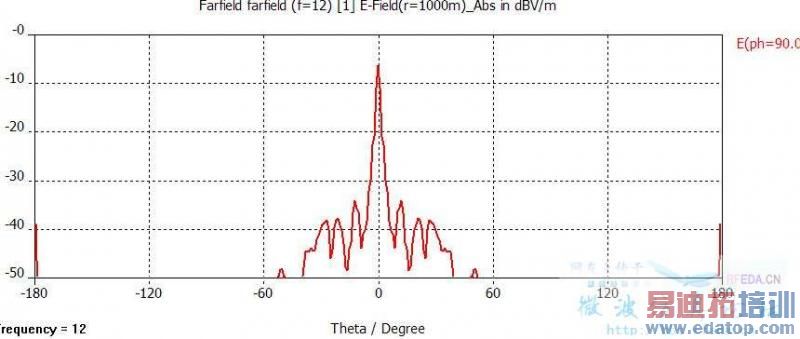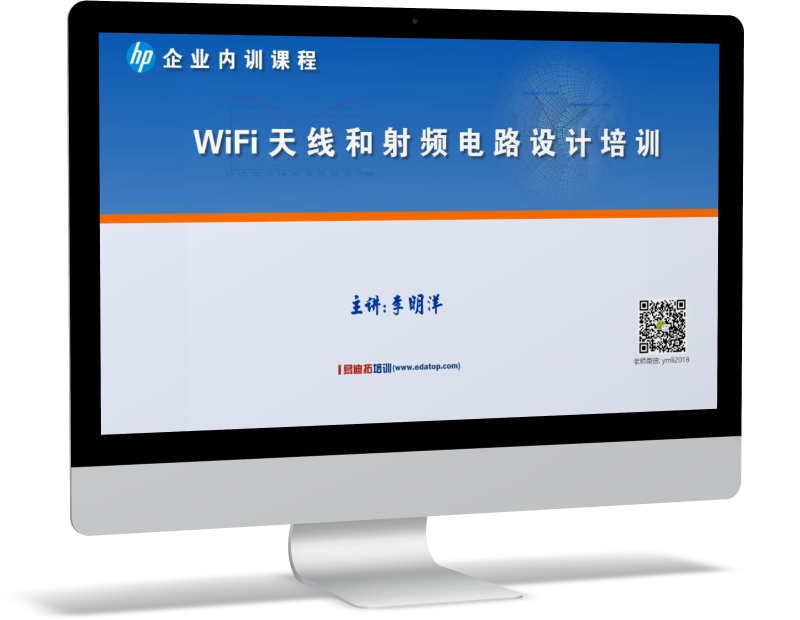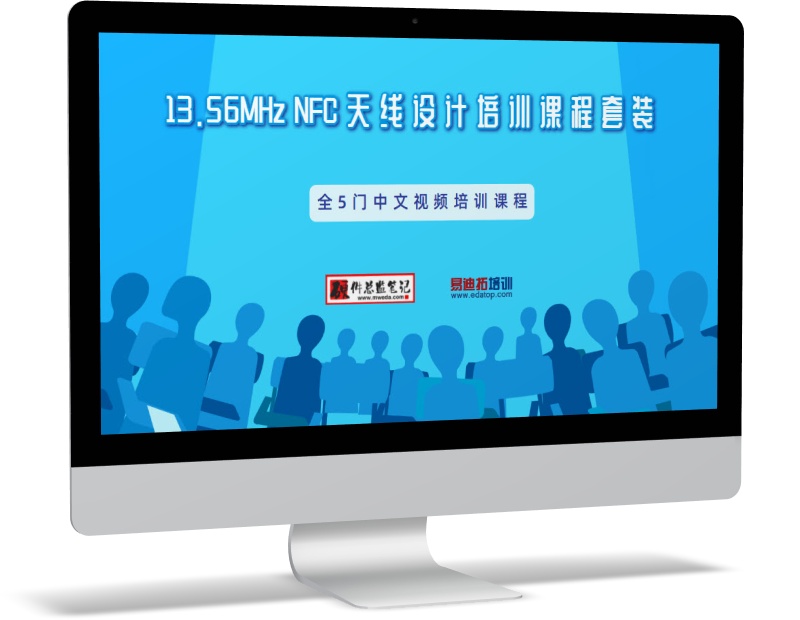如何在直角坐标系中看某一点值?
设置远场CST我想在直角坐标系中看某一点准确值(例如phi=90的情况下theta=30的远场值),应该如何设置阿????

我记得有专门的标注工具,你找一下
就是找了半天没找到,我记得以前好像还用过,麻烦指点!!!!!
楼主会了么?会的话请发个贴说明一下。。。cst中怎么样在直角坐标系中读出远场值?
You should apply "1D/Farfield (Broadband)" in "Template Based Postprocessing".
This template allows the broadband storage of one user chosen farfield Result Value as function of frequency. For a detailed explanation of the settings please refer to the Farfield Overview.
The template requires the definition of multiple farfield monitors, which can be done in a comfortable way by using the macro Farfield / Broadband Farfield Monitors. Please remember: in RCS simulations, the structure is simulated with plane wave, and Excitation String has to be changed to [pw].
There are 3 different possibilities to access farfield data through the templates: the quickest one (e.g. to define a simple farfield goal) is the 0D / Farfield0D / Farfield, where you can easily define one real number from a farfield result such as e.g. max gain 3d or 3dB-angle for a certain cut plane. The 1D templates allow you to obtain either data versus angle 1D / Farfield (single frq) or data versus frequency (broadband) 1D / Farfield (broadband), if a sufficient number of farfield frequencies has been monitored. Starting with 1D templates, you can also switch at any time to 0D level using the general template 0D Value from 1D Result and then be able to define a goal based on 1D farfields.
Please note: all farfield templates have a separate entry for Excitation String which has to be changed and entered manually, if different from port 1. For RCS simulations, the excitation string has to be changed to [pw] (plane wave), for excitation at port 4 please fill in [4].
Necessary setup steps:
1. Template Based Postprocessing;
2. 1D Results -> Add new postprocessing step...;
3. Farfield (Broadband);
4. Plot Range -> Single Direction;
5. Fixed Angle -> Theta: value you want, Phi: value you want;
6. Evaluate it.





